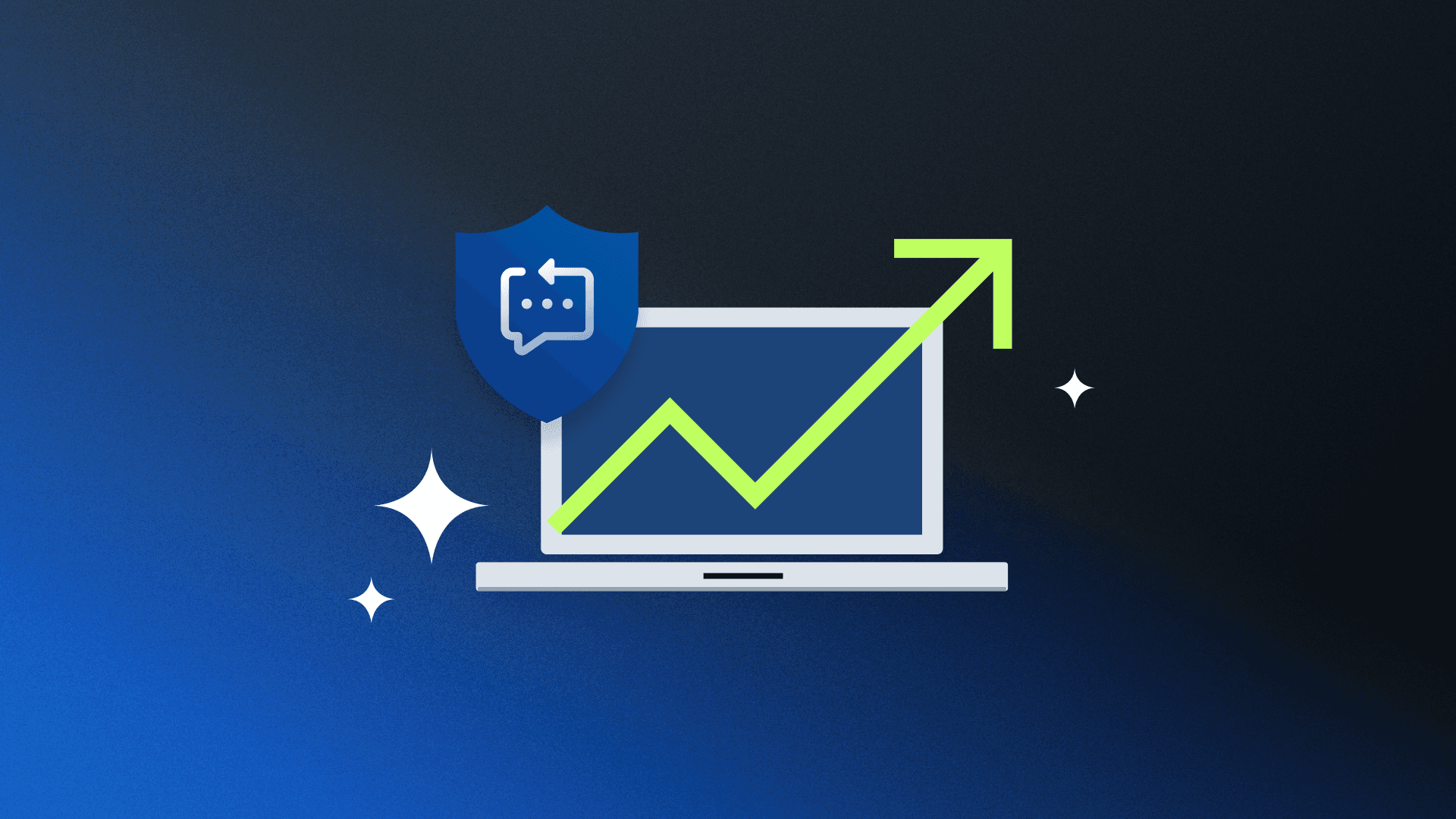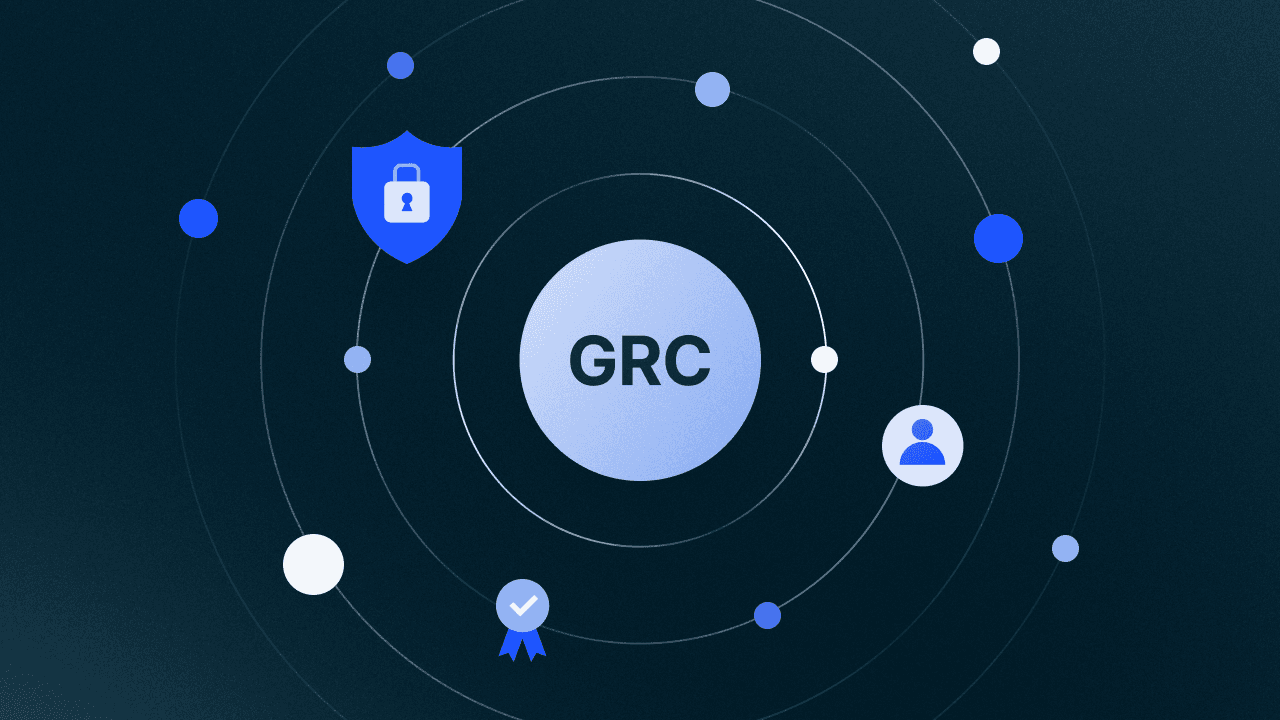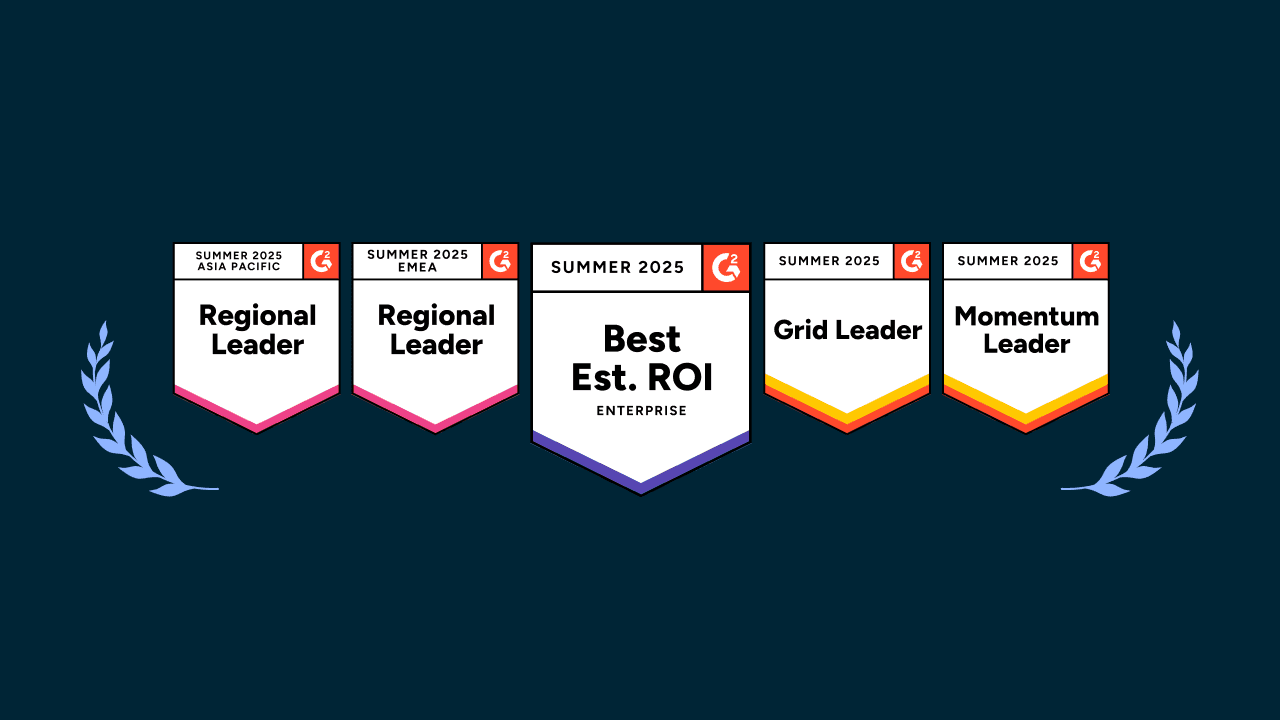From Spreadsheets to Strategic GRC: How a Fortune 500 Global Restaurant Chain Transformed Risk, Compliance & Vendor Management
The largest fast-casual restaurant chain in the U.S., with thousands of locations nationwide, was ready to break free from manual GRC workflows and clunky legacy tools. Here’s how Drata made it happen.
The largest fast-casual restaurant chain in the U.S. with thousands of locations and a vast operational footprint was determined to unshackle itself from manual GRC processes and cumbersome legacy GRC tools. Handling customer payments and sensitive data means the organization faced rigorous compliance requirements – from PCI DSS for payment security to SOX IT controls and internal security policies.
Historically, their Governance, Risk, and Compliance (GRC) processes were highly manual and siloed, relying on spreadsheets and disconnected tools. Different teams managed audits and risks in isolation (e.g., using AuditBoard for internal audits, spreadsheets for IT controls), resulting in duplication of effort and limited real-time visibility. This patchwork approach struggled to scale, especially as compliance frameworks and vendor risks multiplied.
To address these challenges, the restaurant chain’s GRC team sought a unified, automated solution. They partnered with Drata to transform their compliance and risk management program. Drata’s platform offered out-of-the-box integrations, continuous control monitoring, and multi-framework support – exactly what the team needed to eliminate manual workloads and achieve real-time audit readiness.
Over a detailed proof-of-concept and phased implementation, the organization migrated off legacy tools to Drata’s automation-driven platform. Today, their security and compliance practitioners have a single source of truth for controls, evidence, and risks, enabling them to maintain year-round compliance, proactively manage vendor risk, and make audit prep near-effortless.
Snapshot
Industry: Fortune 500 Fast-Casual Restaurant (Global)
Frameworks: PCI DSS, SOX, NIST CSF, CCPA
Previous Tools: AuditBoard, Spreadsheets, Custom-built scripts
Drata Modules: Compliance Automation, Risk Management, Vendor Risk Management
Use Case One: Continuous PCI Compliance & Audit Readiness
Challenge
The global restaurant chain handles millions of payment card transactions, so complying with the PCI DSS standard is mission-critical. Previously, preparing for PCI audits was an enormous burden on the GRC team. Evidence collection involved coordinating with dozens of control owners across IT and operations, manually pulling screenshots and logs from systems, and tracking it all in spreadsheets.
One team member described reviewing “hundreds or thousands of line items within these Excel spreadsheets” during each audit cycle, a tedious and error-prone process. The lack of automation meant compliance status was only checked periodically; issues were discovered late, and last-minute scrambles to gather missing evidence were common.
They needed a way to streamline PCI compliance – to continuously monitor controls (e.g., firewall rules, access rights, anti-virus updates) – and collect evidence without the heavy manual effort.
Drata’s Solution
Drata provided the organization with an automated PCI compliance framework integrated into its platform. Drata connected directly to systems like Okta (for identity management), AWS and Azure (for cloud configurations), endpoint management (Intune/Jamf), and more. These integrations allow Drata to pull evidence data automatically on a continuous basis.
Rather than relying on quarterly email requests for screenshots, the team’s controls in Drata were fed by live data from the source systems. Drata’s Autopilot monitoring runs daily tests on each control’s evidence, alerting the team to any compliance drift immediately.
The platform also provided a centralized evidence repository, where any manual documents (e.g., network diagrams or policies) could be uploaded once and reused. Throughout the PCI implementation, Drata’s customer success and solutions architects guided the team – helping configure controls, set up integrations, and even create custom scripts for unique systems. This ensured that they could automate as many of their PCI controls as possible. By the time of their next audit, they had transformed PCI compliance from a painful project into an ongoing, automated process.
Why Drata
Extensive integrations: Drata provided a wide range of built-in integrations to the tech stack that the restaurant chain uses. This eliminated the need for them to build or maintain custom connectors (a lesson learned from a previous in-house attempt that was “way too slow”). Drata could immediately sync with identity providers, cloud platforms, endpoint management, ticketing systems, and more – covering many PCI controls out-of-the-box.
Continuous control monitoring: Unlike traditional audit tools that simply house documents, Drata continuously monitors control status. The GRC team could see a real-time dashboard of PCI compliance posture, with controls testing green or red based on live data. They emphasized their desire to “fully automate auditing from the system of record and get away from screenshots and…spreadsheets across the enterprise” – Drata’s platform delivered exactly that, replacing static evidence with real-time verification.
Framework-Specific support: Drata’s platform included a PCI compliance template and knowledge base. This meant the team didn’t have to start from scratch – Drata provided PCI-specific control guidance and even policy templates, all aligned to the PCI DSS standard. The platform could also schedule recurring tasks (e.g. quarterly access reviews) and send reminders, ensuring PCI operational requirements weren’t overlooked.
Ease of use for control owners: With Drata, the business owners responsible for PCI requirements had a much simpler experience. They could log into Drata’s intuitive interface to see any assigned tasks or to view compliance status, rather than exchanging long email threads. Some evidence collection (like completing a checklist or uploading a file) could be done via Drata’s portal, which is far more user-friendly than the old method of emailing spreadsheets. This ease of collaboration helped the team maintain compliance without overburdening stakeholders.
Outcome
By leveraging Drata, the global restaurant chain achieved a dramatic reduction in manual effort for PCI compliance and became audit-ready on demand.
92% PCI control readiness: In the first few months of using Drata, the organization reached 92% PCI control readiness in the platform – a level of progress that previously would only be seen right before an audit deadline.
Fewer surprises, faster fixes: Continuous monitoring meant there were fewer surprises; issues could be fixed as they arose (e.g. immediately revoking an unneeded admin account flagged by Drata), rather than auditors discovering them later.
Pre-collected audit evidence: When their annual PCI assessment arrived, the compilation of evidence was largely pre-collected and organized in Drata. The team simply granted their PCI Qualified Security Assessor (QSA) access to the relevant Drata evidence or exported Drata’s reports, instead of scrambling to compile documents.
Significant time savings: Overall, the team estimates that preparing for PCI now takes a small fraction of the time it used to – freeing the GRC team to focus on improving security rather than chasing paperwork.
Real-time executive visibility: Perhaps most importantly, leadership gained real-time visibility into their payment security posture. At any given moment, dashboards in Drata show exactly which PCI controls are compliant and which need attention, enabling proactive risk management and assurance to executives that compliance is under control.
👉 Click here to read part two: How the organization automated compliance across 15 frameworks.





